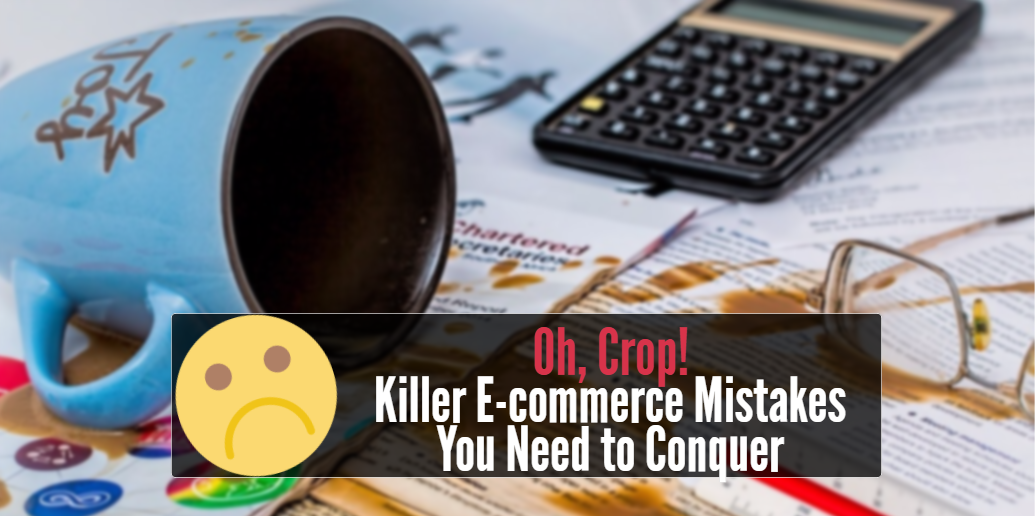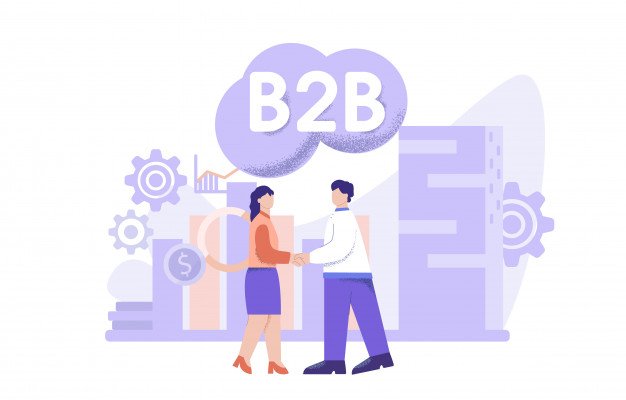One of the most lucrative and fast-growing industries is the e-commerce industry. It has risen in popularity over the years due to the convenience and accessibility it provides for the consumers, and even for the sellers themselves.
A lot of people have been trying to start their businesses from home, yet they don’t know where to start, and they have no idea about the wide variety of industries they can invest in or the right tools they should use.
Aside from knowing what to do with your new venture, you also need to know the common mistakes and blunders you can commit. Lapses, no matter how small, can be highly detrimental to your business. But as worrying as it all sounds, don’t worry.
You can learn how to spot, avoid, and remedy these mistakes with this simple guide. Without further ado, here are five mistakes you need to avoid to keep your e-commerce business bug-free and in full swing.
Mistake #1: Forgetting Your Market

One of the biggest and most common mistakes online entrepreneurs make is forgetting what their market looks like or who their target audience is. Aside from spending most of your time and effort in honing the perfect product, without actually creating a need for your customers, you also have to know your customer demographic.
Wouldn’t it be ideal to have customers before creating a product, rather than having a product beforehand and then looking for clients? All of your efforts will be rendered fruitless. Know how to target your audience or your buyer persona. A buyer persona is a representation of your customer’s demographics, such as age, gender, profession, and social status.
To paint you a clearer picture, if you’re a designer in the print industry, you need to know your target audience before you begin selling. You won’t sell cheap business cards to upper-class professionals looking to spruce up their portfolios just as you wouldn’t sell overly-priced prints for low-quality products.
Mistake #2: Lack of Social Media Presence
The regular person owns at least five social media accounts. And on average, we spend about an hour and 40 minutes browsing these sites. Can you believe that the number of online shoppers in the United States alone will reach 224 million in 2019! Numbers aside, the stats are telling us to leverage social media in getting our brand out there.
Say hi to social media. Brands are using social media marketing for some highly useful and practical reasons. Some even devise different loyalty program for their avid followers on social media channels. Some of these are because it provides:
- Low-cost solution. Social media platforms are an excellent way to get bang for your buck advertising and brand exposure.
- Customization. From Facebook Insights to Google Analytics, you can customize your pages to your heart’s content and receive detailed reports on your customers’ demographics and browsing behaviors.
- Excellent customer service platform. According to a recent study by Venturebeat, 51 percent of the respondents say businesses need to be available around the clock. If e-commerce brands are now adopting customer service chatbots with 24/7 messaging services, so should you.
If you’re still not convinced, you can think of your social media accounts as your company’s very own affordable business cards, showcasing your brand and the services you offer virtually.
Mistake #3: Neglecting Mobile Optimization
Mobile is everywhere, and the world is accessing the internet through their smartphones. With 80 percent of internet users owning a smartphone, failing to recognize the need for mobile optimization, could mean losing half of your potential e-commerce market. Poor user experience can negatively impact your conversion rates.
If you shift your focus on creating the ideal mobile user experience for your customers, you can increase your brand reputation and customer retention, and avoid losing 61 percent of your clients due to the poor website experience.
As an internet-based entrepreneur, use whatever tools you have at your disposal to provide an optimized user browsing and shopping experience. Bank on your best assets and give yourself an advantage over your industry rivals.
Mistake #4: Faulty Shipping Flexibility
When you first decided to run an e-commerce business, I’m guessing you did for the flexibility it gave you in doing your daily tasks. You didn’t have to meet people face to face, and you could make your timetable to suit your needs. You can now do all of your work at home, and nobody would have to see you in sweatpants.
The same principle goes for your consumers. All customers like to have options, especially when it comes to shipping. According to research, only 1 in 4 online shoppers complete a purchase? 44 percent of cart abandonment cases are due to high shipping costs, and a whopping 93 percent of online shoppers say they’ll buy more if they got free shipping.
Free shipping can increase sales and improve customer loyalty. According to a study from E-tailing, 73 percent of purchasers consider unconditional free shipping as a decisive factor in shopping online. But like all other business aspects, weigh the pros and cons of your business before making a decision.
Mistake #5: Failing to Measure Performance
If you want to succeed in the competitive world of e-commerce, you need to know how to gauge and evaluate your performance. Take note of your business habits, particularly regarding expenses and marketing. Use your business plan as a roadmap to help you steer your way throughout your business venture.
Check your statistics regularly. Update your ledger and see if your business is thriving or failing. Look at your consumer insights and keep up with the masses’ latest trends. Be as specific as you can with your data. Don’t inflate your figures and understand the areas you lack to improve them further.
By monitoring your performance, you are helping your business achieve greater heights compared to passive management. And the good news is, there’s always room for improvement, be it for you or your business.
Takeaway
As John Sagel said, “What we do know now is that the ‘E’ in e-commerce doesn’t stand for ‘easy.’ Opening an e-commerce business can be overwhelming and nerve-wracking, but it can also be a highly worthwhile and profitable venture.
There is no guarantee of overnight success. However, you can set yourself up for the best chance at succeeding. To do so, grasp the basics, learn from seasoned entrepreneurs, and watch out for their mistakes to avoid committing them yourself.


























